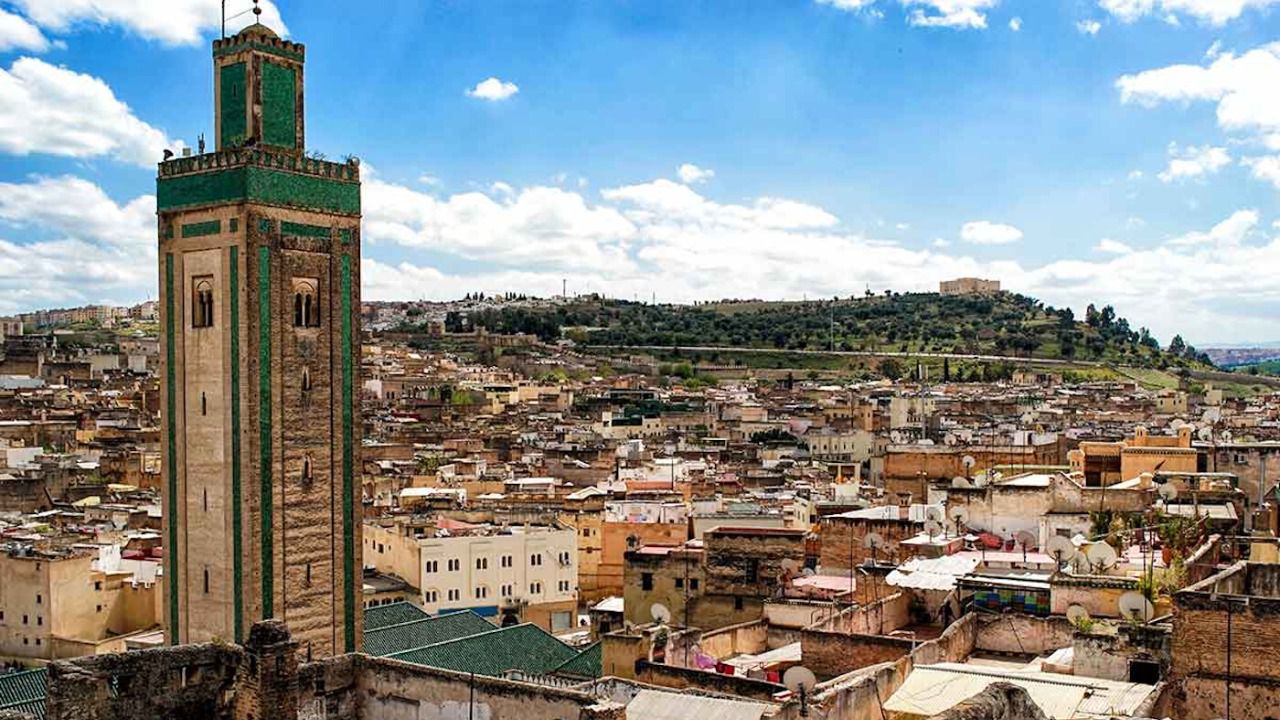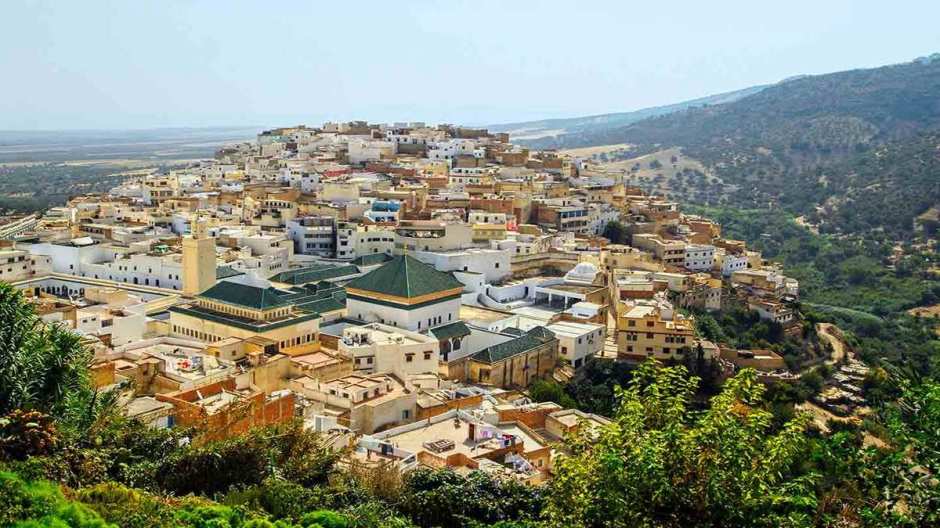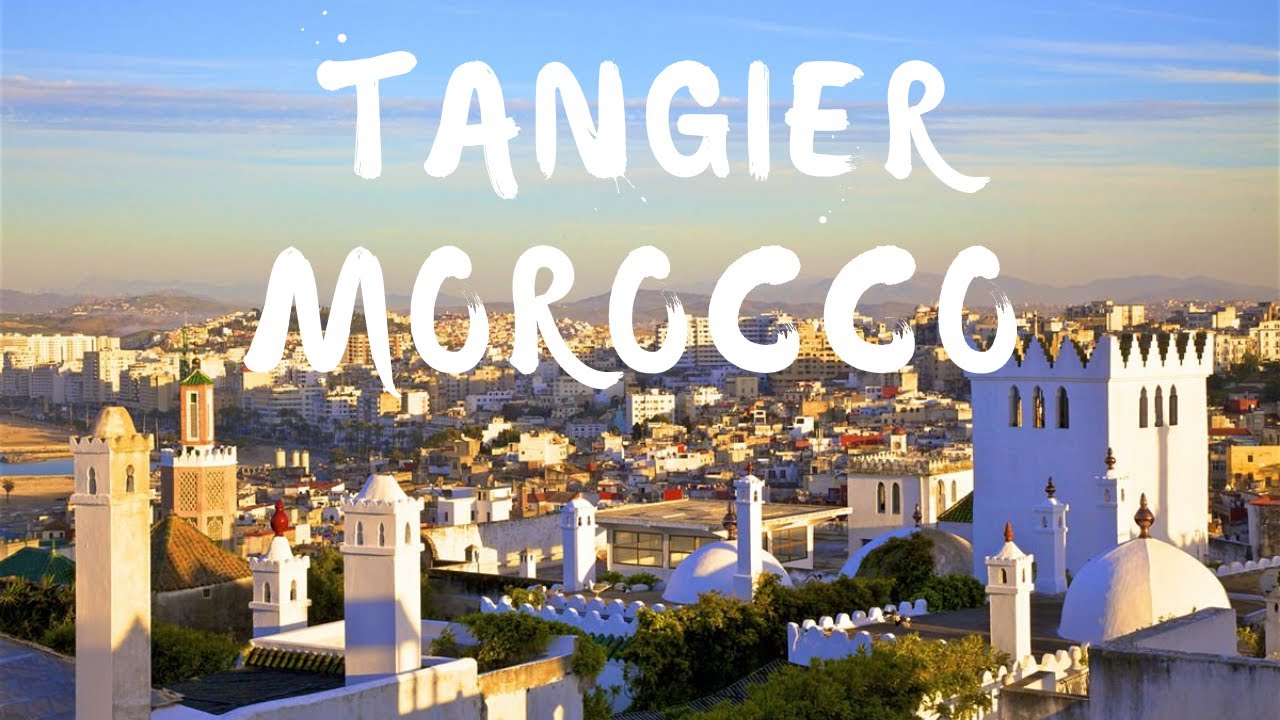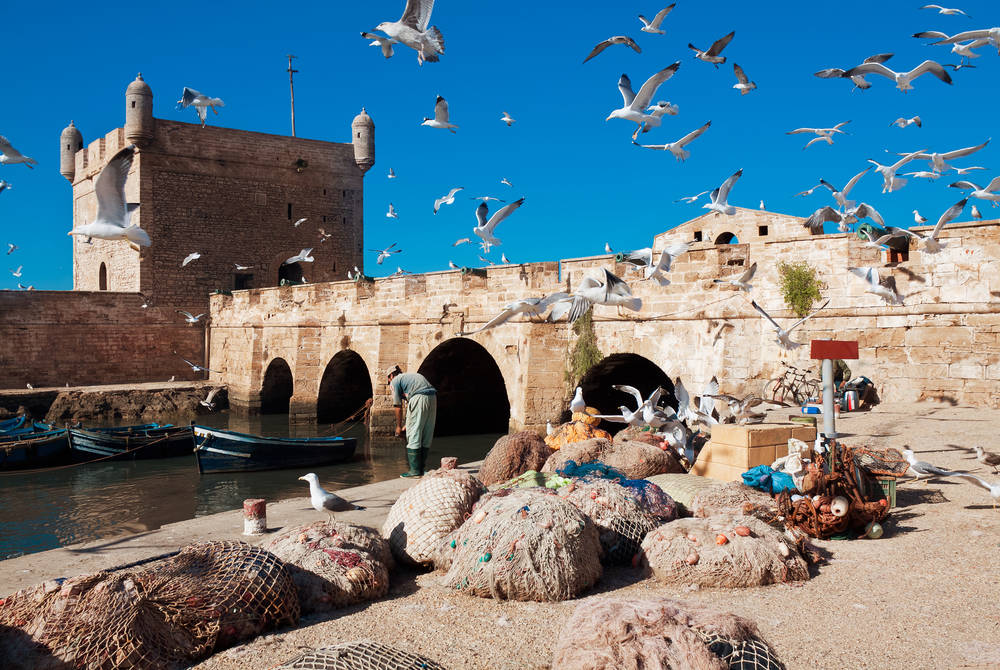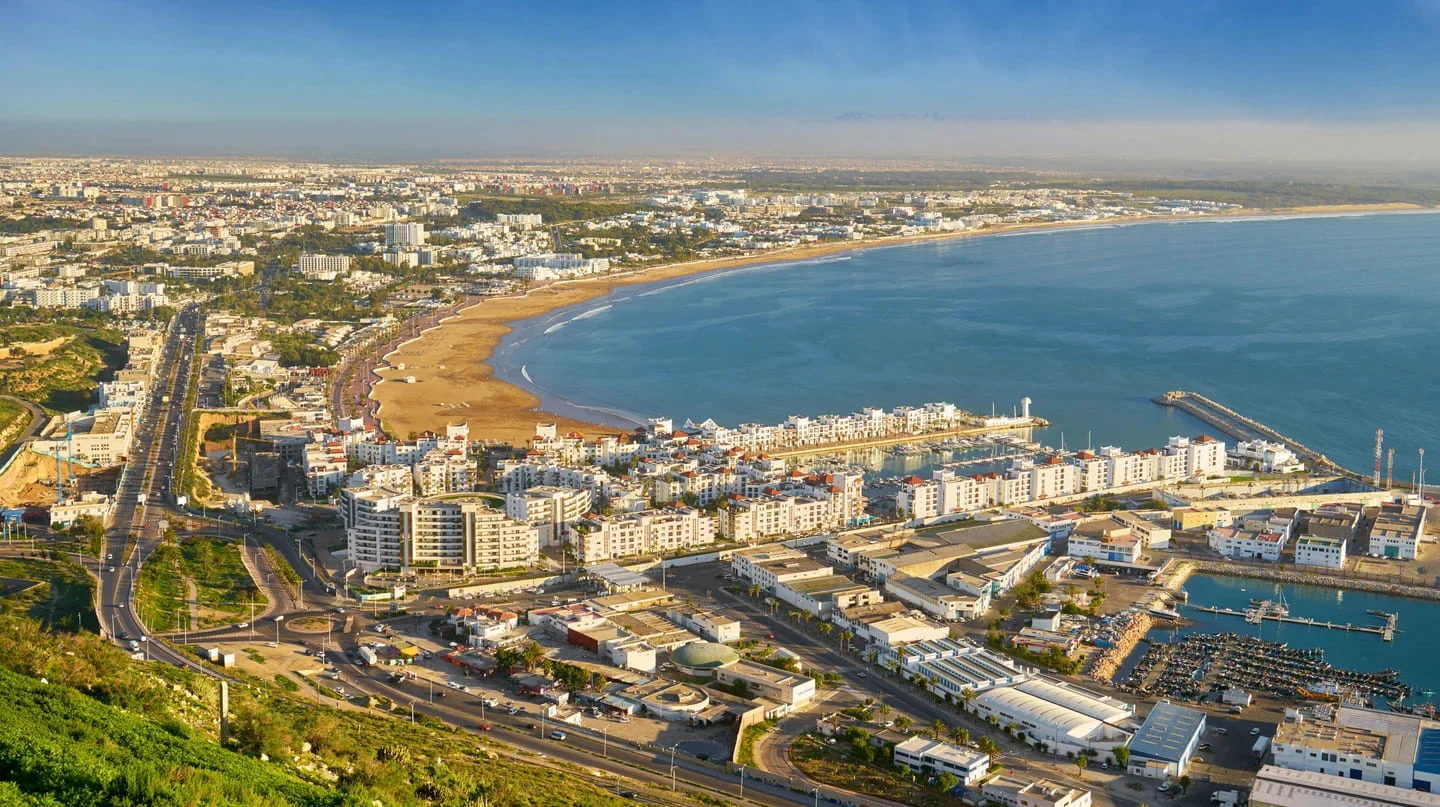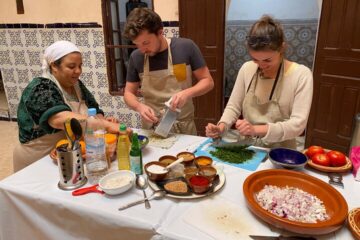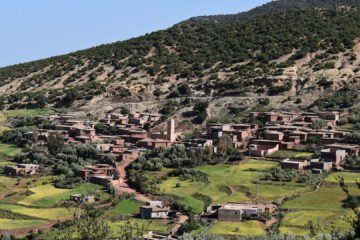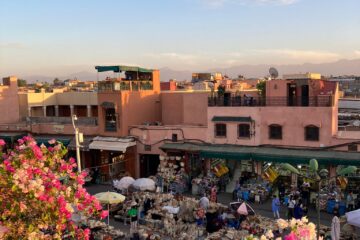Welcome to the 10 Best Cultural Travel Cities in Morocco. Morocco is some country rich in history, culture, and vivacious traditions.
From the busy markets of Marrakech to the tranquil coastal towns, Morocco offers a diverse range of traditional experiences that captivate travelers from all over the world.
Whether you’re fascinated by ancient architecture, delightful cuisine, or local craftsmanship, Morocco’s cities offer an abundance of experiences that reproduce the country’s rich traditional heritage.
In this article, we’ll explore the 10 Best Cultural Travel Cities in Morocco, each offering a exclusive glimpse into the nation’s history and culture.
Let’s dive into the cities you must visit to experience the authentic Moroccan way of life.
1. Marrakech: The Heartbeat of Moroccan Culture
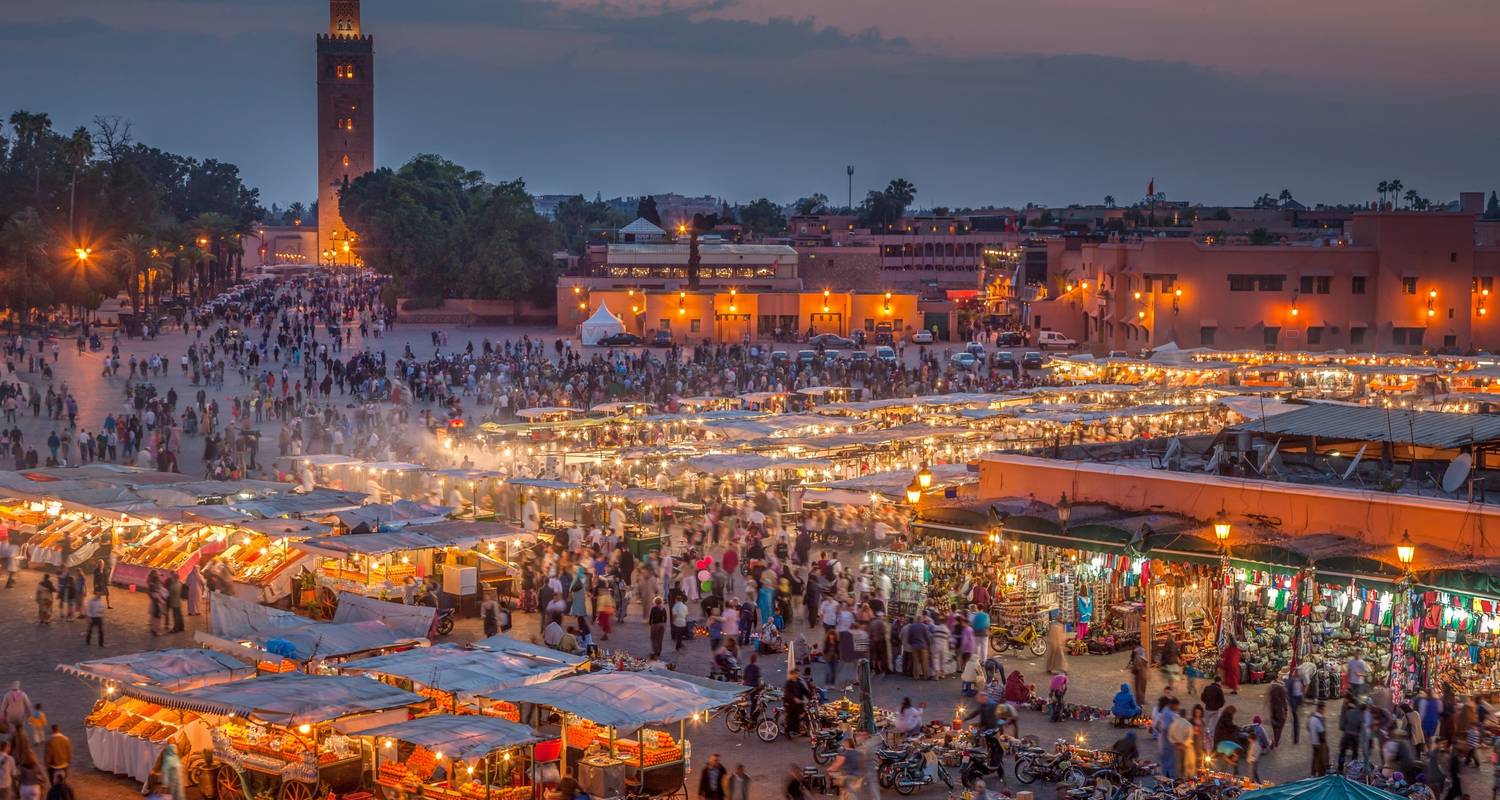
Marrakech, known as the “Red City” for its distinctive red sandstone buildings, is one of the most famous cultural destinations in Morocco.
This city is a vibrant mix of old-world charm and modern influences, with its bustling souks (markets), historical palaces, and stunning gardens.
Visiting Jemaa el-Fnaa square offers an unforgettable experience, as street performers, food vendors, and musicians fill.
the space with energy and excitement.
Exploring the Bahia Palace and Koutoubia Mosque reveals stunning architectural beauty that showcases Marrakech’s rich history.
2. Fez: A Journey Through Time
3. Meknes: The Imperial City
Meknes, which Sultan Moulay Ismail once established as Morocco’s capital, offers a rich cultural experience despite often being overlooked.
The city showcases impressive gates, including the breathtaking Bab Mansour, one of the most beautiful in Morocco.
Visitors can explore the historical Royal Stables, visit the Mausoleum of Moulay Ismail, and wander through the stunning Heritage Medina.
4. Rabat: The Capital of Morocco

To begin with, this coastal city remarkably showcases a captivating mix of both historical sites and contemporary culture. For instance, the Kasbah of the Udayas gracefully overlooks the Atlantic Ocean, enchanting visitors with both its beautiful gardens and breathtaking shoreline views.
5. Chefchaouen: The Blue Pearl of Morocco
Chefchaouen dazzles visitors with its striking blue-painted buildings and alleyways, making it one of Morocco’s most photogenic cities.
ata-end Moroccan and Andalusian cultures have shaped Chefchaouen’s history, keeping it a vital center for spiritual healing and traditional arts.
st-node=data-is-only-node Embracing a laid-back lifestyle, the town attracts those seeking a rich cultural retreat.
6. Tangier: A Gateway to Europe and Africa
Tangier, located on the northern coast of Morocco, is where Africa meets Europe.
This cosmopolitan city has attracted writers, artists, and travelers for centuries, thanks to its unique position on the Strait of Gibral tar.
Tangier’s Medina is filled with vibrant markets and winding streets, and the Kasbah Museum offers an in-depth look at the city’s rich history.
One of the highlights of Tangier is the Cave of Hercules, a mysterious natural wonder steeped in myth and also legend.
7. Essaouira: A Blend of Tradition and Modernity 10 Best Cultural Cities in Morocco
Essaouira, a coastal city on the Atlantic Ocean, boasts a relaxed vibe and stunning blue and also white buildings.
8. Ouarzazate: The Hollywood of Morocco
by stunning desert landscapes and also the Atlas Mountains, Ouarzazate is home to the famous Ait Benhaddou, a UNESCO World Heritage site.
This ancient fortified village is frequently used as a backdrop in films and television shows.
Ouarzazate’s Taourirt Kasbah and the Cinema Museum offer visitors a deeper dive into the city’s cinematic history and also the role it has played in the global film industry.
9. Taroudant: The Little Marrakech 10 Best Cultural Cities in Morocco
Often referred to as “Little Marrakech,” Taroudant offers a more laid-back experience compared to its famous counterpart. The city is surrounded by impressive city walls and features bustling markets, where visitors can purchase traditional
Moroccan goods such as spices, textiles, and also jewelry.
The Tafraoute region, nearby, is also home to stunning landscapes and also Berber villages.
Taroudant is a fantastic place to experience the authentic charm of Moroccan daily life without the crowds of larger cities.
Its history as a trading city also makes it a significant part of Moroccan culture.
10. Agadir: A Modern Cultural Haven 10 Best Cultural Cities in Morocco
Agadir, a modern coastal city, offers a different take on Moroccan culture. While it is known for its beautiful beaches and tourist resorts, Moreover it also boasts a thriving cultural scene.
The Agadir Medina is a blend of modernity and traditional craftsmanship, and also the Agadir Museum offers insights into the region’s history.
Agadir is also home to the Kasbah, which offers panoramic views of the city and also the Atlantic Ocean. Moreover It’s a great spot for travelers.
ho want to combine culture with relaxation.

